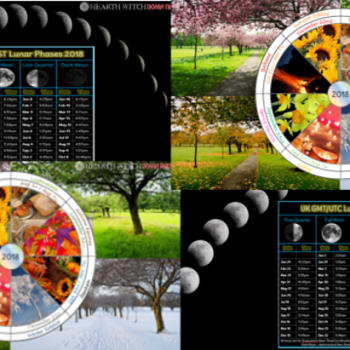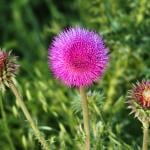Questions to Ask
I know in the past when I have thought about trying to figure out the way my local area works on a monthly and seasonal basis, the thought of it taking an entire year to get just the basic information is kind of daunting – and then you have to do at least one more year, to make sure what you’ve noticed is a yearly thing, or if it was just a peculiarity of that specific year. You can kind of feel defeated before you even start – this is going to take forever and by the time I figure it out, I will either be too old to care any more or I’ll be moving to Antarctica where it’s completely different. As a mum and homeschooler this defeatist attitude is the height of idiocy, even if it takes me years to do, it will provide something for my kids at a young age. Even without that though, you can’t get anywhere without a starting point and the longer you wait to start, the longer it will take to finish – the only thing defeating you, is you.
There can also be a feeling of being unsure as to what you should be paying attention to. There are so many possibilities – or sometimes it can seem like there are not enough possibilities. But no matter where you are, there will always be things that, if you only pay attention, are noticeably unique to your area and to certain times of the year – and if there is too much, then find the things that matter to you personally. You don’t have to create a moon calendar for the rest of the world, just for yourself – and you only need 12 or 13 and you can change them over time if you find something better.
Here are some questions you could try asking yourself about your area, things you may want to pay attention to. Some of these will be useful to anyone, others will only be useful to a select few.
- Flowers, which ones bloom when?
- Weeds, are there any weeds you notice growing more at certain times of year?
- Leaves, which trees change colour when?
- Leaves, which trees shed their leaves when?
- Colour, when leaves fall, in some areas they will be predominately red or yellow or purple. Or when flowers bloom, perhaps many different flowers of a similar colour all bloom at once.
- Sprouts, which plants sprout when?
- Food plants, which food plants harvest when? Or need to be planted when?
- The wind, when is it most windy? What about tornado season, or similar?
- Rain, what is the wettest month?
- Storms, when do you get the most storms?
- Water, is there any annual flooding in your area, when?
- Frost, when does it start to get frosty if it does?
- Heat, which is the hottest or coldest month?
- Fire, is your area prone to bushfires, when do they usually happen? Or even, when do the homes around you start spewing smoke from the chimneys all the time?
- Birds, which birds migrate when? Which ones lay eggs when? Or get aggressive when? Or hatch when?
- Insects, when do you see/hear grasshoppers or crickets or cicadas or mantids or caterpillars or chrysalis’? Mosquitoes, flies, gnats, ticks, leaches… There will be at least one insect that pops up noticeably and probably annoyingly.
- Amphibians, are there frogs or toads in your area? When do you see tadpoles or hear the mating screams of frogs?
- Lizards and snakes, when do you see them? Which types? Any babies?
- Domestic and farm animals, do you notice dogs howl more often at certain times of year? Hens laying eggs more? Rabbits mating? Cows produce more milk? What about when you harvest meat animals?
- Wildlife, totally dependent on your area as to what animals are there, but based on your local wildlife, when do you see them most often, when do they mate and lay their young, when do you hear them more or see their tracks more?
Keeping Track
Many Pagans and Witches are already used to keeping track of things like this, such as in a Book of Shadows. So it’s probably not that hard for many of us to adapt to keeping track of the seasons and seasonal or monthly phenomena in a similar method. Grab a notebook and fill out the pages with prompts, you can set each page or group of pages for months, lunar months, weeks or some other date range. Prompts would be – insect behaviour, bird behaviour, leaf colours, wind strength, rainfall, storms, temperature and other such things based on the above questions and other questions you find relevant.
An alternative for some fun is a phenology wheel. Personally I journal and at the end of a year will fill in a phenology wheel with the information I find relevant. The great thing about these wheels is they can work with any sort of date range – days in a week, days in a month, weeks or months in a year, seasons in a year, even times during a single day!
I hope this has been of some help. Obviously I can’t give all the answers, only ideas and a place to start, but that’s better than having no place to start.
Do you have any examples of personalised lunar calendars and names that you want to share? Or ideas on how to figure these out? Let us know in the comments.
Sources and More Information
May Wombat Moon by Astarte Earhwise
A big list of named moons for north and south
The Full moon in the southern hemisphere
Printable Phenology Charts
Moon Lore
All 180 Degrees of Separation Posts
Intro Post
The Moon part 1
The Moon part 2
Wheel of the Year part 1
Wheel of the Year part 2
Wheel of the Year part 3
Cardinal Elements
















